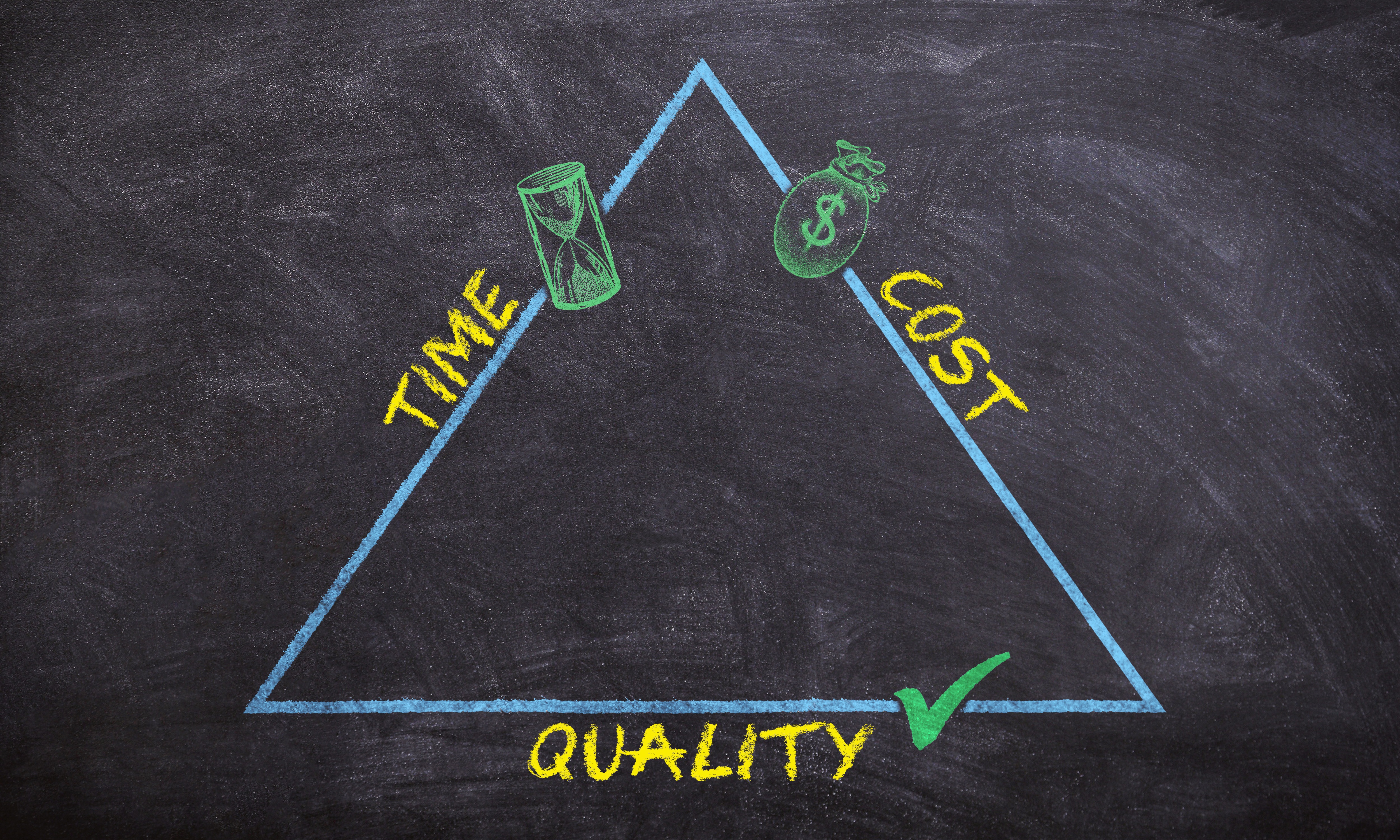Our Latest Blogs

Tax Optimization: Simple Steps to Keep More of Your Money
Nobody enjoys paying more taxes than necessary. Fortunately, tax optimization can help you reduce your liability and maximize your savings. This blog unpacks simple yet powerful techniques, from retirement contributions to strategic investments, helping you keep more of your hard-earned money in your pocket.
Tax optimization isn’t just for the wealthy or corporations—it’s a smart financial strategy for anyone looking to improve their financial health. The key is understanding how the tax code applies to your situation and making proactive choices throughout the year, not just during tax season.
One of the most effective ways to lower your tax bill is by contributing to tax-advantaged retirement accounts. Options like 401(k)s, traditional IRAs, and other retirement plans allow you to defer income taxes on the money you contribute, reducing your taxable income today while saving for your future.
If you’re self-employed or own a small business, there are even more opportunities to optimize your taxes. Contributions to a SEP IRA, solo 401(k), or SIMPLE IRA can significantly reduce your taxable income while helping you build retirement savings. Additionally, many business expenses are deductible, lowering your overall tax liability.
Investments also play a major role in tax optimization. Long-term capital gains, for instance, are typically taxed at lower rates than ordinary income. Holding onto investments for over a year can help you benefit from these lower rates, allowing you to keep more profits when you sell. Tax-loss harvesting—selling investments at a loss to offset gains—can further reduce your taxable income.
Charitable giving is another valuable tool for tax planning. Donations to qualified charities can be deducted from your taxable income, potentially lowering your tax bill while supporting causes that matter to you. Keep thorough records of your donations to ensure you can claim them accurately.
Don’t overlook tax credits, which reduce your tax bill dollar for dollar. Popular credits include the Child Tax Credit, Earned Income Tax Credit, and credits for education expenses. Unlike deductions, which lower your taxable income, credits directly reduce the amount you owe.
Another strategy is to time your income and deductions. For instance, if you expect to earn significantly more income next year, you might defer some deductions to offset that higher income. Alternatively, if you anticipate a lower income next year, you might accelerate deductions into the current year.
Of course, tax laws change frequently, and what worked last year might not be the best strategy this year. Staying informed or working with a trusted tax professional can help ensure you’re taking full advantage of available opportunities while staying compliant with the law.
Ultimately, tax optimization is about making thoughtful choices that align with your financial goals. By planning ahead and understanding the tools available to you, you can reduce your tax burden and keep more of your money working for your future.